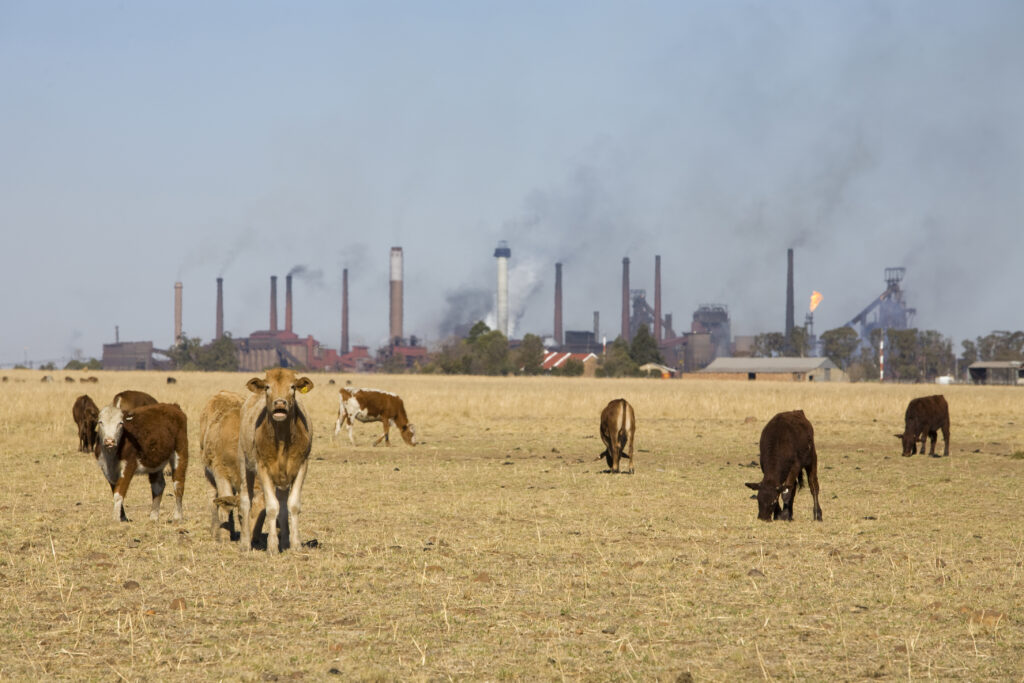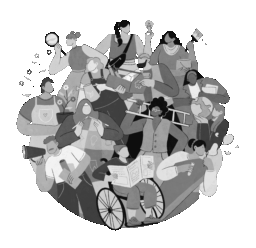What’s next for international development? Key trends to watch this decade
Evidence suggests that the world is becoming increasingly volatile in the face of complex and interconnected challenges. It is also clear that we are failing to achieve key climate and development goals. More optimistically, other signals suggest that collective action still has the power to shape a more resilient and inclusive future.
Towards the end of last year, I reviewed some of these forecasts in global politics and sustainable development, exploring the outlook for international development from 2025 to 2035. Here’s what I found in the report, ‘Global Trends and Scenarios to 2035’.

What forecasts say about the short-term
Analysts expect the global economy to hold steady in 2025 although various near-term risks make the outlook uncertain. These include persistently high interest rates, the re-alignment of trading relationships around national security priorities, and the prospect of significant swings in trade and economic policy under the new US administration.
Over the past few years, there has been a ‘historic reversal in development’ according to a report by the World Bank, which finds that income inequality between the 75 poorest economies and the rest of the world is widening. Progress to reduce extreme poverty has stalled. Meanwhile, the Sustainable Development Goals move ever further out of reach.
What we should be looking out for up to 2035
Three important trends dominate development forecasts for the upcoming decade:
- Demographic transition. Some societies, for example in Europe and parts of East Asia, are ageing and their labour forces shrinking. Others, particularly in Africa and South Asia, have a younger and growing demographic that will expand the numbers of both workers and consumers. Both scenarios create challenges for societies and political systems in managing the economic and social consequences of demographic change.
- Changes to earth systems. Climate change, biodiversity loss, and pollution constitute a ‘triple planetary crisis’ that may drive an additional 132 million people into extreme poverty by 2030. If current levels of consumption persist, the remaining ‘carbon budget’ to keep global warming below 1.5°C will be depleted by 2030. Even under the most optimistic scenarios, global temperatures will not fall for the next two generations.
- Technological disruption. New technologies, in fields such as artificial intelligence, robotics, climate science, and disease management, present both opportunities and risks and for that reason are being drawn into geopolitics. Private control over critical technologies and infrastructure is creating new dependencies and regulatory challenges amid concerns about the integrity of social media platforms and digital systems.
The trajectories of these trends over the coming decade are largely clear: global temperature increase and population growth are baked in to forecasts for the years ahead. What is less certain is how the world will respond, as these shifts emerge particularly at a time when multilateralism is weakening.
Countries are turning their attention inwards, alliances are in flux, and competition is replacing cooperation. Trust and consensus are further undermined by misinformation and disinformation – identified as the most severe short-term risk by the Global Risks Report for 2024. Global power is shifting from West to East and from advanced to emerging economies, although the pace and shape of this realignment is unclear.
What forecasts say about future scenarios
Young professionals participating in the Global Governance Futures – Robert Bosch Foundation Multilateral Dialogues (GGF) Programme developed a range of divergent scenarios for the world in 2035. Their work on global inequality offered two extremes, one of which illustrates the potential for both renewal and remobilisation after crisis.
The first scenario is a world of vast inequality in income and access to public goods, the collapse of institutions for multinational cooperation, and the widespread use of algorithms that reinforce gender and racial biases.
The second is a world saved in part by the actions of a younger generation of voters and leaders, spurred on by societal change, a financial scandal, and the ecological crisis to demand more sustainable global governance.
’The future is not fixed’
Renewal and decline can co-exist, and many forecasting studies capture this duality. Those that explore the prospects for democracy, for example, highlight not just the continuing spread of anti-democratic attitudes and the contraction of tolerant civic space, but also the vibrancy of civil society action, particularly by the young, alongside experimentation with new forms of citizen engagement such as deliberative democracy. As the GGF scenarios demonstrate, and as the Global Risks Report for 2024 concludes, ‘the future is not fixed’.
